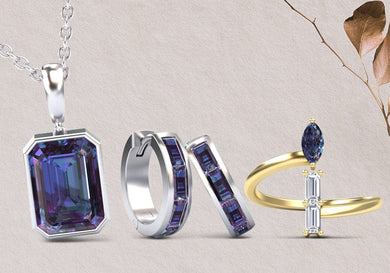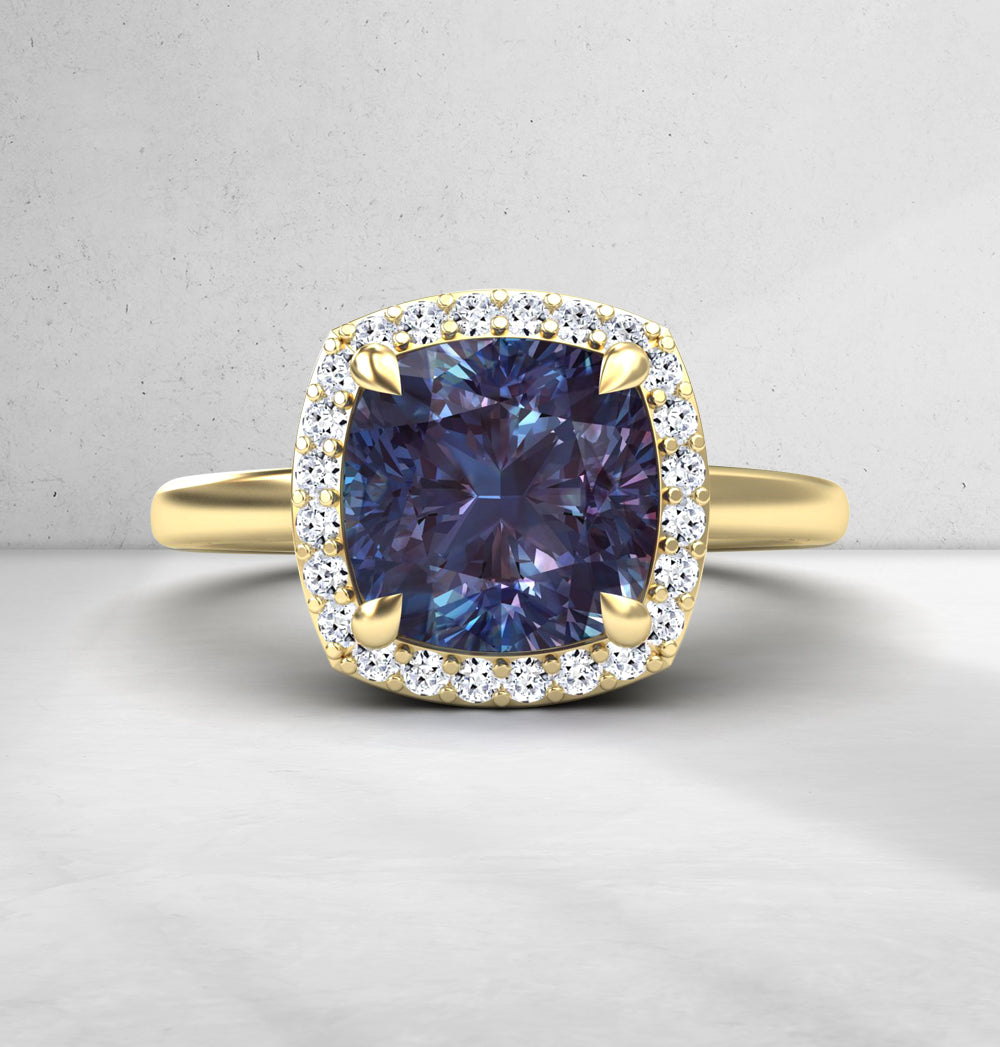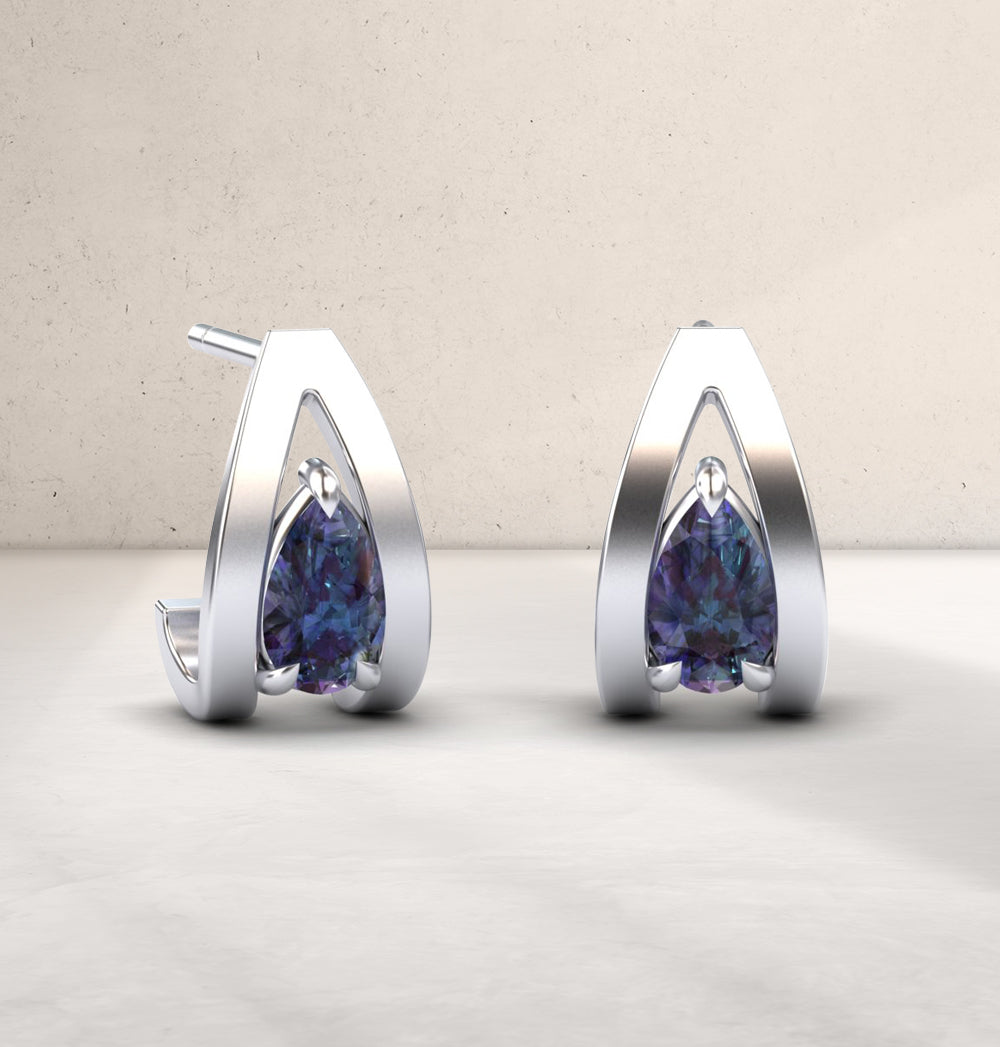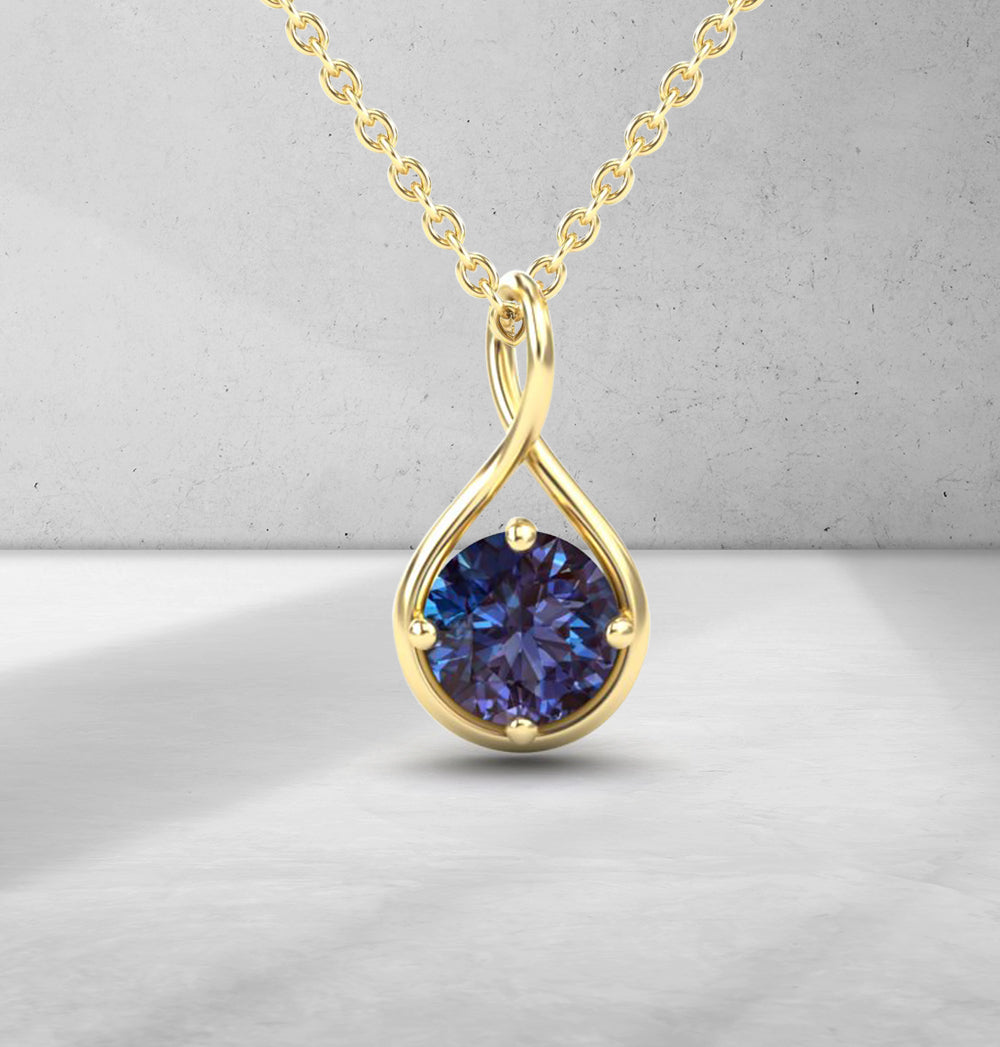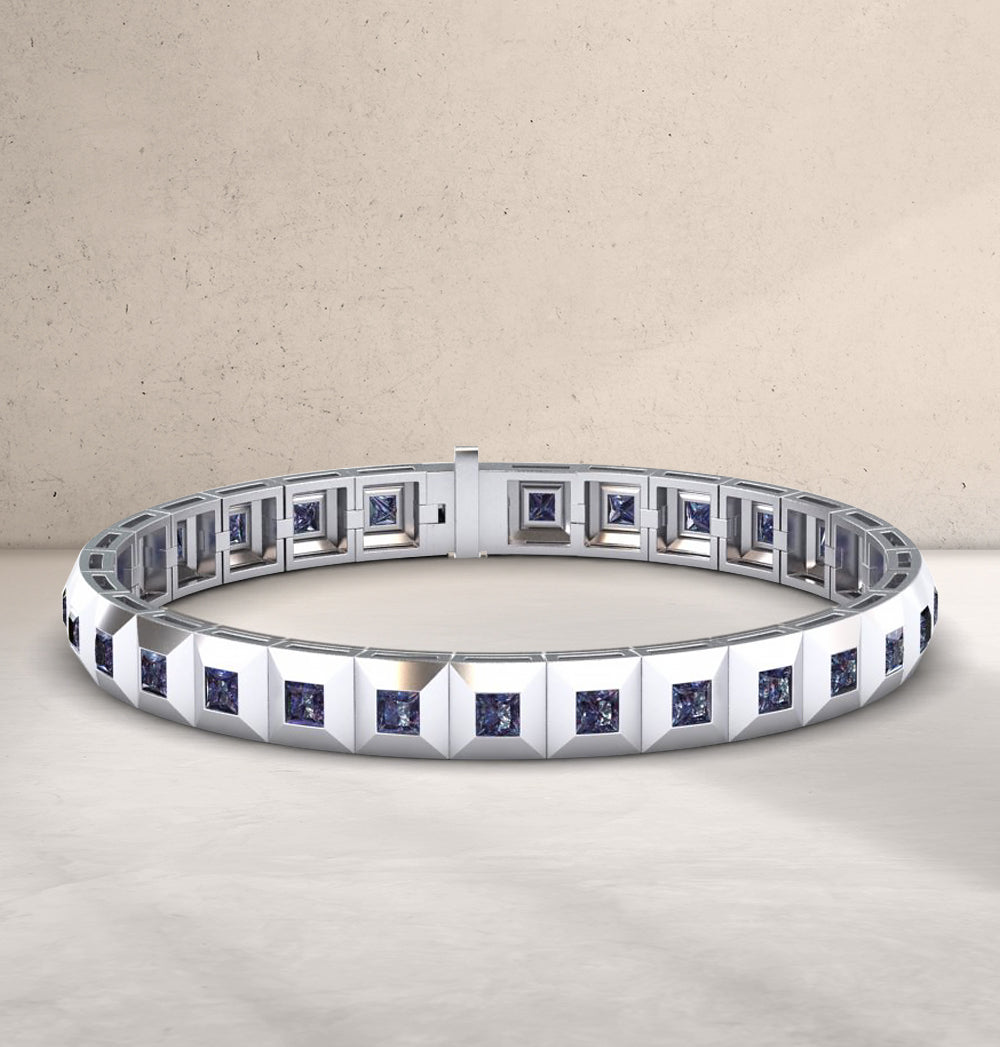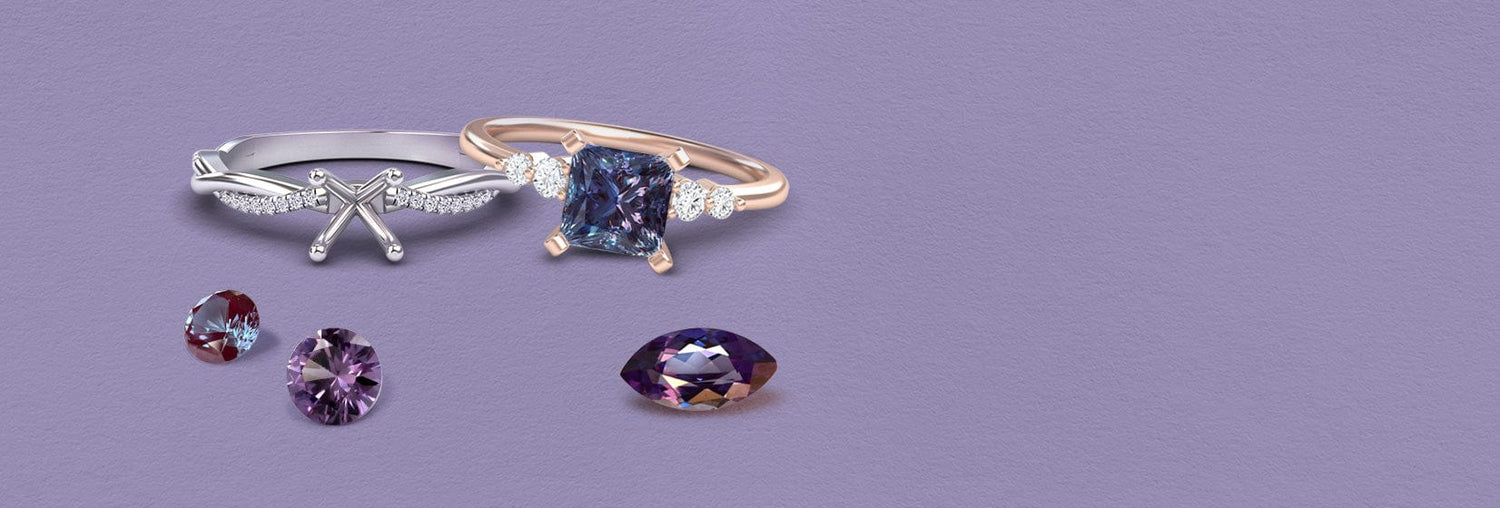Shop By Category
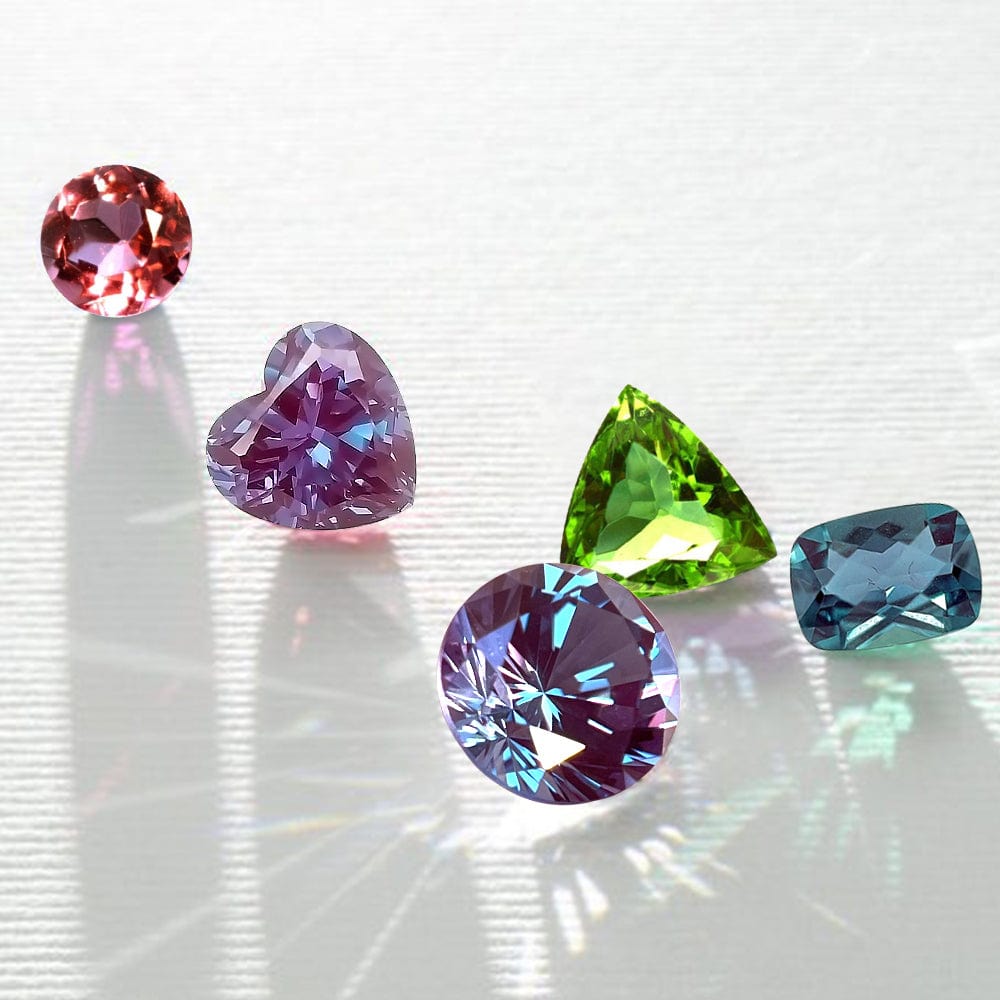
Colors of Alexandrite and Its Origins
Alexandrite's most captivating feature is its dramatic color change: typically a vibrant green or bluish-green in daylight or fluorescent light, it transforms to a reddish-purple or violet under incandescent light. This remarkable pleochroism occurs due to the presence of chromium ions within its crystal structure. Originally discovered in the Ural Mountains of Russia in the 1830s, fine-quality Alexandrite from this source remains highly prized. While later found in smaller quantities in places like Sri Lanka, East Africa, and Brazil, gem-quality Alexandrite remains relatively rare, contributing to its allure.
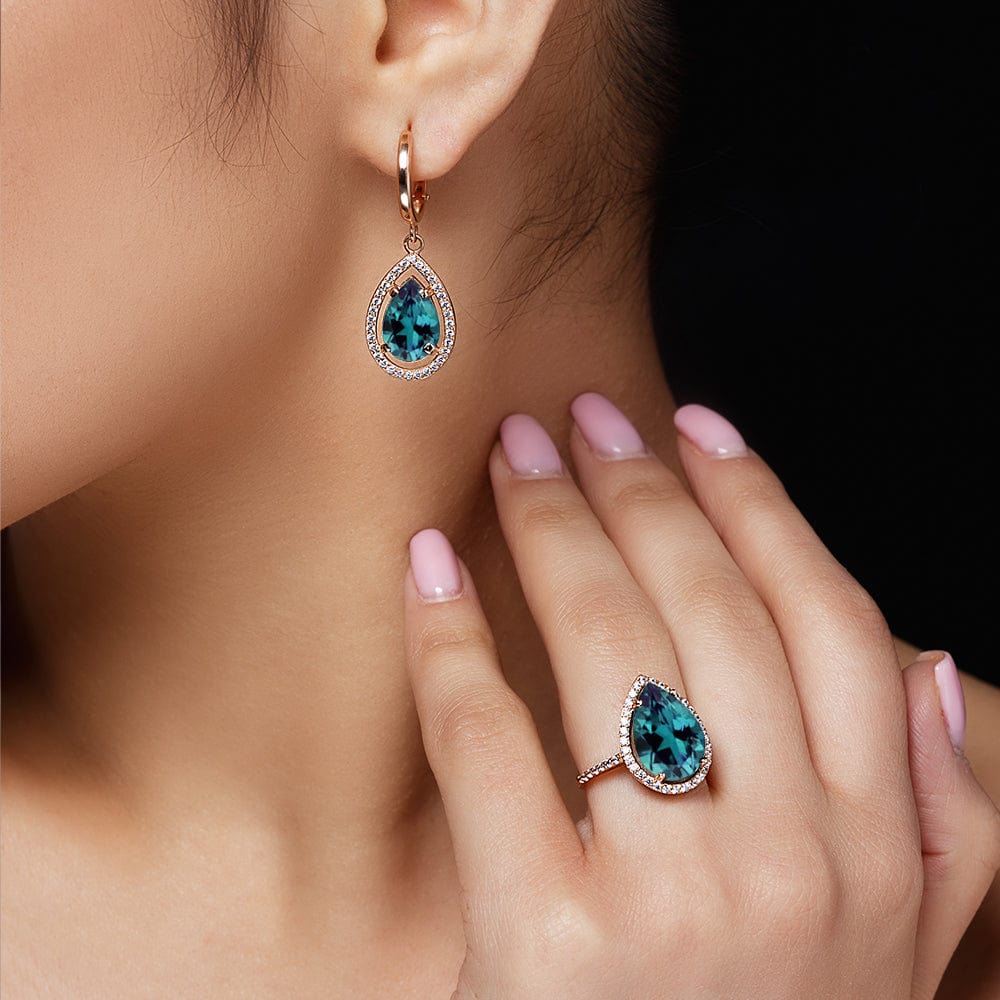
Taking Care of your Alexandrite Jewelry
To keep your Alexandrite jewelry sparkling, gently clean it with a soft brush and mild soapy water, rinsing thoroughly. Avoid exposing it to harsh chemicals or extreme temperatures, as these can potentially affect its color or integrity. Store your Alexandrite pieces separately in a soft pouch or jewelry box to prevent scratches from harder gemstones or metals. While relatively durable (Mohs hardness of 8.5), it's still wise to remove Alexandrite rings before activities that could subject them to impact.
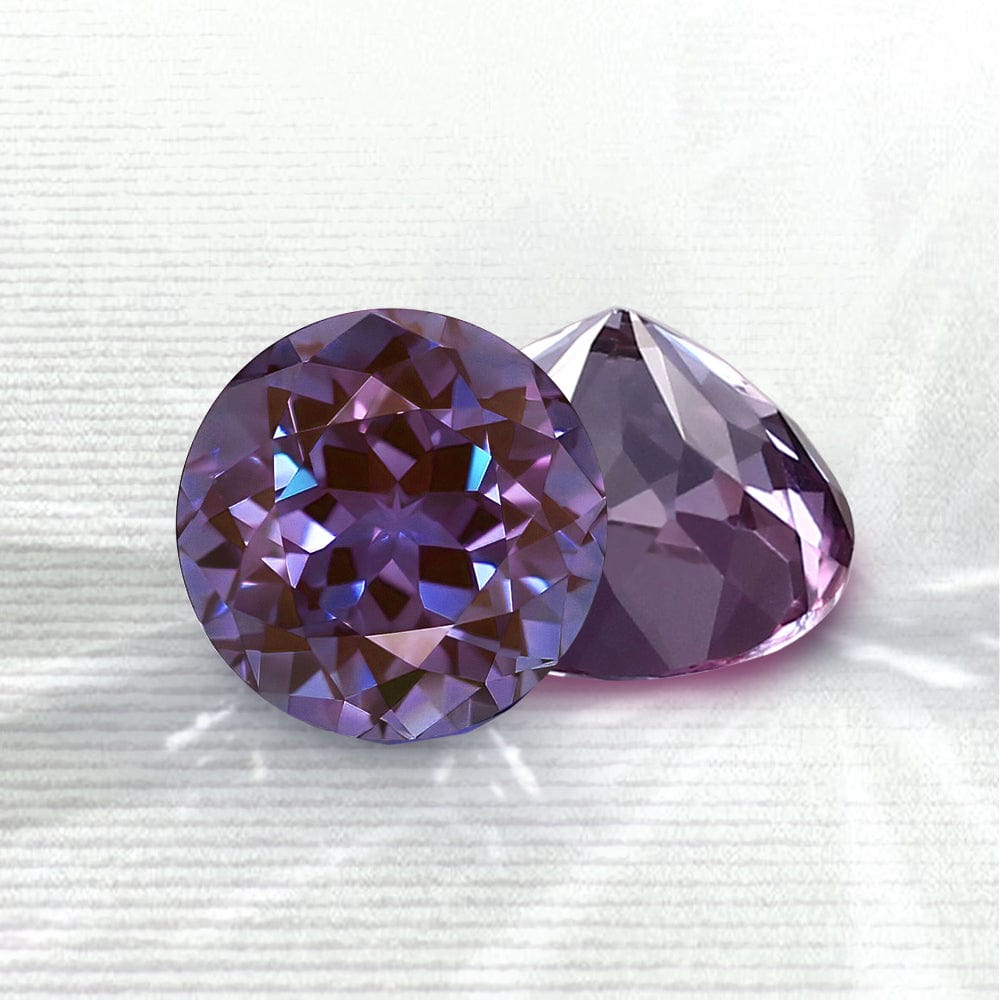
Understanding the Pricing of Alexandrite's
Alexandrite pricing is influenced by several key factors, most notably the distinctness and vibrancy of its color change between green and red/purple hues. Natural, gem-quality Alexandrite is considerably rarer than lab-grown varieties, significantly impacting the price. Larger carat weights command a premium due to the scarcity of substantial stones with good color change and clarity. Finally, the origin can play a role, with Russian Alexandrite historically fetching the highest prices due to its fine quality and limited availability. Consequently, natural Alexandrite jewelry can be quite valuable.
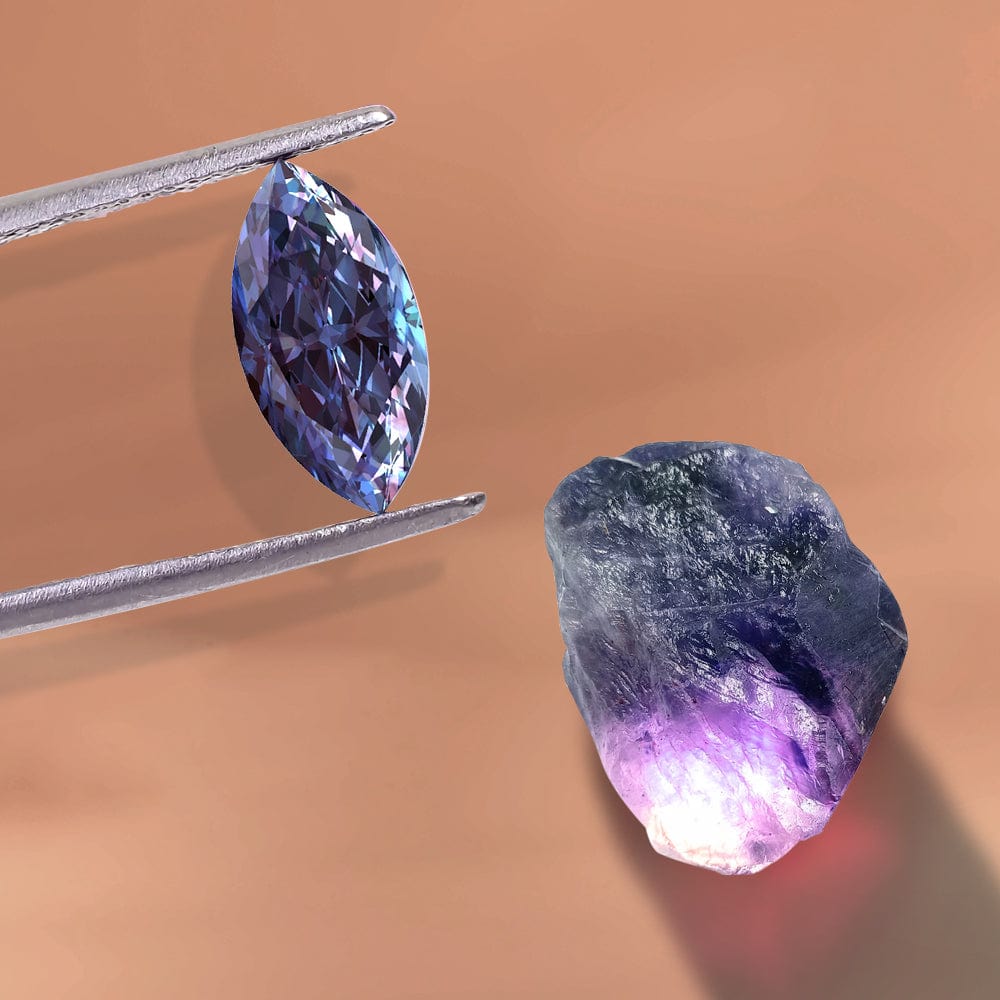
Alexandrite Gemstone Meaning
Often referred to as a stone of good omen and intellect, Alexandrite is believed to bring balance to the mind and emotions. Its remarkable color-changing ability is seen as a symbol of inner transformation and adaptability, encouraging its wearer to embrace change. This unique gem is also associated with enhancing creativity, strengthening intuition, and bringing good fortune and prosperity. Alexandrite's dual nature reflects harmony and the ability to find joy in life's contrasting aspects.



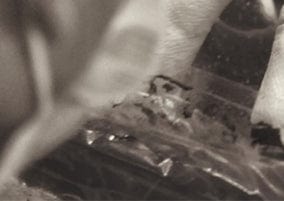

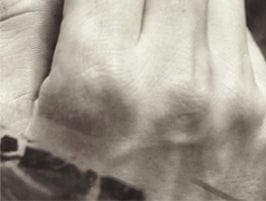

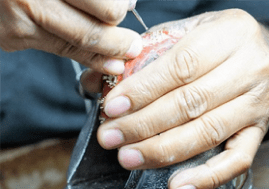


Trust and Transparency while being Sustainable
Stress Free Shopping with full transparency about cost, metals, and our carbon foot print
Alexandrite FAQs
What is fine jewelry?
What is fine jewelry?
Fine jewelry refers to jewelry crafted from precious metals like gold, platinum, or sterling silver and often set with genuine gemstones such as diamonds, sapphires, rubies, or emeralds. Unlike fashion or costume jewelry, fine jewelry is designed to be durable, timeless, and valuable, making it suitable for everyday wear as well as special occasions. It often holds both emotional and financial value, passed down as heirlooms through generations. Because of its craftsmanship and quality, fine jewelry requires proper care and maintenance to preserve its brilliance. It is considered an investment in beauty, luxury, and meaning.
What is the rarest gemstone?
What is the rarest gemstone?
The rarest gemstone in the world is often considered to bepainite, a deep brownish-red crystal that was once so scarce only a handful of specimens existed. Other gems likered beryl, alexandrite, and musgravitealso rank among the rarest due to their extreme scarcity and limited sources. Rarity depends not only on how hard a gem is to find in nature but also on thequality of color, clarity, and size. Because of their uniqueness, these gemstones often commandextraordinary pricesin the market. Collectors and jewelry enthusiasts treasure them for theirbeauty, mystery, and exclusivity.
How are gemstones cut?
How are gemstones cut?
Gemstones are cut through a precise process that transforms rough crystals into sparkling jewels. First, the stone is carefully examined to decide the best shape and orientation for maximizing color, brilliance, and size. It’s then sawed into a workable piece, shaped using grinding wheels, and refined with different abrasives. Facets are added with exact angles to reflect light beautifully, enhancing the gem’s fire and brilliance. Finally, the stone is polished to a mirror-like finish, ready to be set into jewelry. This art of gemstone cutting, called lapidary, requires both skill and patience.
Where can you buy gemstones?
Where can you buy gemstones?
You can buy gemstones fromreputable jewelry stores, both online and offline, that specialize in certified gems. Many people also purchase fromgemstone dealers, auction houses, or gem shows, where a wide variety of stones are available. Online marketplaces can offer convenience and selection, but it’s important to look forcertification and return policiesto ensure authenticity. Some travelers buy gemstones directly frommining regionsor local artisans, though this requires expertise to avoid imitations. The key is to buy from a trusted source with transparent information about the gem’s origin, quality, and value.


